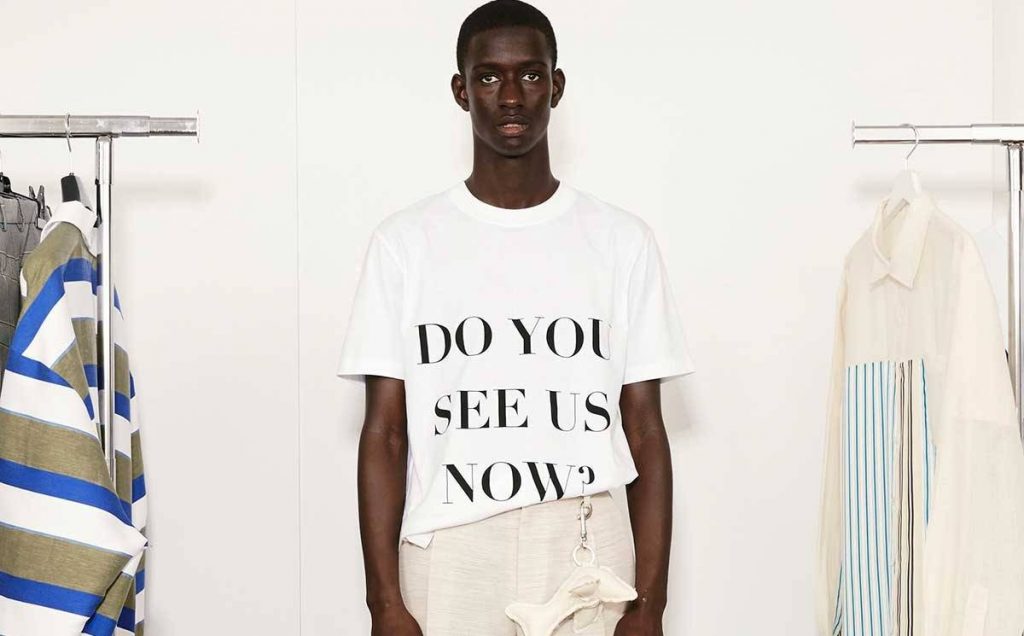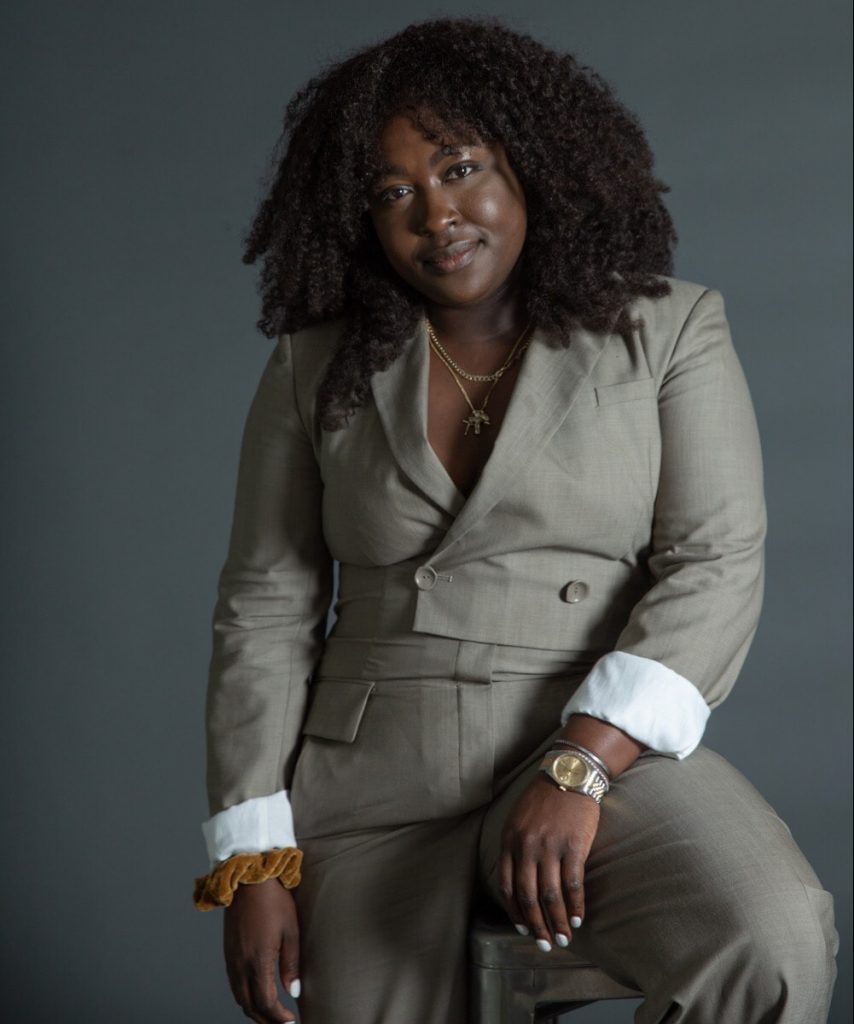“The organizations that we shouldn’t need but that we need”

The Black History Month, or National American History Month, is the annual occasion to recognize and celebrate the Afroamerican history. The theme of the 2021 Edition is The Black Family: representation, identity and diversity. We asked ourselves what role has this recurrence today in the fashion system and why in 2021 it has still such fundamental importance.
Think back in history, when in 1865 it was signed the 13th Amendment of the United States Constitution, that officially abolished slavery. Exactly 50 years later, in September 1915, young Carte G. Woodson, grad student of History, founded the Association for the Study of Negro Life and History, today known as Association for the Study of African American Life and History (ASALH), precursor of the current Black History Month.
In 1926, Woodson and the association members decided that it was necessary to create an heritage which could narrate and celebrate the contribution of Afro-descendants people and Black diaspora, in order to not make all their efforts defeated, meaning all the events and actions that helped human civilization, especially the American one. So they claimed what originally was the Negro History Week and that it would have been celebrated every year in the second week of February, at the same time with the birthdays of President Abraham Lincoln and the abolitionist Frederick Douglass.
Due to all the movements for Civil Rights, at the end of 60s the Black History Week became the Black History Month in the University campuses. Starting from 1976 every president, democratic or republican he was, recognized the value of these celebrations so that the Congress too, in 1986, appointed the entire month of February as the month of National history of Afroamericans (Black History Month).
Since then, also Canada and the UK – and only later the rest of Europe, including Italy – recognized the important historical heritage of the Black diaspora and its contribution to US history, encouraged by the actions of the Civil Rights Movements, student associations and an increasing awareness.

Behind this celebration lies a broad meaning and a specific purpose: it is the reaction to the unfair conviction that their actions have not been a fundamental support to history. The same reaction to a racist society who ignored an entire culture and represented it in a distorted and misleading way. A race does not exist without history and traditions, that is why it was necessary to reclaim the awareness of the role they had in the foundation and evolution of the US, fixing an “educational moment” of disclosure for anyone.
The importance of this event takes on even greater dimensions in 2021, given the recent events. The anti-racist protest movements, primarily Black Lives Matter, contribute by far to a surge in BHM awareness and the triggering of a series of initiatives and measures around the world. But where is the Fashion System, or the artistic/cultural industry in general, with the Black Culture and how has it been influenced?
Recently, brands have openly supported the BLM movement, leading an empowerment of the African community and black culture through unprecedented media mobilization. Memorable is the public apology of Anna Wintour, which admits its superficiality – lasting well 32 years – in not having given prominence to African professionals in the publishing world of Vogue America, and that together with Business Of Fashion have launched a call to action to support black African-American brands and entrepreneurs.
Far from the will to mention the big brand’s creative directors or the Icons from glossy covers – therefore interrupting those dynamics of appropriation of the “cool” side of Black Culture – it is good to highlight all those associations that have the inclusiveness of African Americans as their primary objective.


In this sense, Black in Fashion Council is one of the first organizations created. Last June, Lindsay Peoples Wagner, editor-in-chief of Teen Vogue, and Sandrine Charles, a public relations expert, founded the association with the aim of collaborating with the fashion houses and empowering them in terms of diversity and inclusion. To date there are about 70 companies that have joined, between brands and professional figures, with the aim of collaborating to create a network of people.
Not only good intentions but also facts: #BuyBlack is the social cry that wants to promote emerging brands and independent designers of the Black community. It is the initiative of Facebook and Instagram on the occasion of BHM to remember the importance of African-American history: it is, perhaps, the cultural legacy predicted by Woodson over a hundred years ago. But it’s also a great way to promote that 15 percent African population of the United States of America: similarly, the Fifteen Percent Pledge Association is committed to supporting this percentage by requiring major entities to reserve the same 15% of their space for activities owned by black people, with a view to economic and social equality as well as product variation. The purpose is to grow and learn collectively, rethinking business models in order to create sustainable and multicultural solutions, where every identity is included and represented:
“We collectively deal with the fact that for too long fashion has co-opted the style, inspiration and ideas of black culture without ensuring that the people behind the work are adequately compensated”.
– Jennifer Hyman, co-founder


The debate on the relationship between fashion and black culture has to be kept alive, now more than ever, and expanded starting from the roots, including points of view which so far have not had space or have been involved only in the case of cultural misappropriation. To cope with racial disparities and fight the homogeneity of the environment, it is necessary to get ahead: so does Rubric Initiative, an organization dedicated to addressing the barriers of the work sector through educational resources and mentoring programs.
In this way, there are many awareness-raising initiatives, from paid traineeships to a constant commitment, to a transparent dialogue on race, class and gender. An active effort, incubator of commercial ideas, art, culture, to overturn the status quo and seize the change with the strength of communities.
It is useless to say that the change also starts from us and a greater proactive attitude to awareness. A series of interesting blogs and archives could help to study and create one’s own culture. Fashioning The Self is a very interesting digital humanitarian project which collects images and history references of Afro art and costumes, exploring wider issues regarding race, identity and equity. Or Fashion and Race, a database serving as an educational platform too, offering a roadmap of Afro fashion with diversified lessons and resources to combat the “dominant and insensitive narratives” that still too often characterize today’s communication.
